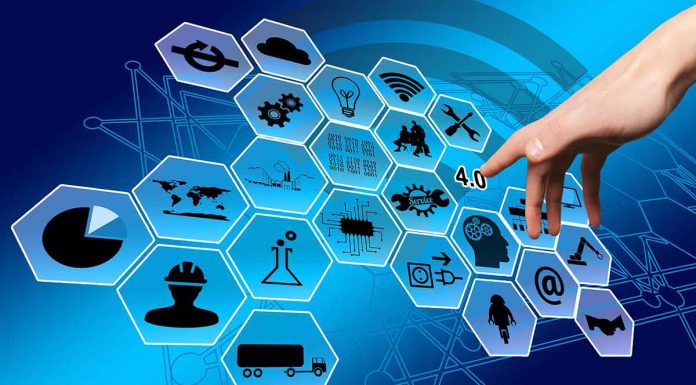AI sensors have many potential uses in industries such as healthcare and manufacturing where expensive and power-consuming devices are deployed.
By Yoshinori Matsumoto
Current cities get their supplies of food, water and electricity from the outside, then send large amounts of waste to be disposed of outside as well, which is not a sustainable cycle. Smart cities need to at least try to save some energy and recycle things for the environment, and smooth traffic using the IoT.
Stoppage of lifelines due to natural disasters like major earthquakes is a constant threat. City life is also in danger of collapsing if water resources or food supplies are exhausted due to societal or environmental changes. It is important to prepare the environment and infrastructure in other viable regions so that people can escape from cities during emergency situations.
As abandoned cities in ancient civilizations show, cities sometimes cannot survive as conditions change, and that makes it important to have a plan. We should face the facts that the current sensitive supply of food and water with petroleum as our main fuel source requires serious planning on how to maintain our communities before we lose them for good.
AI sensors have many potential uses in industries such as healthcare and manufacturing where expensive and power-consuming devices are deployed. When it comes to the environment, new uses are still emerging.
For example, image sensors with AI that can judge natural phenomena and send results as text are a possibility. We could see prediction/support systems share environmental measurements through the IoT and the cloud, allowing experts in remote areas around the world to incorporate the insights and make decisions.
It started when I developed an environmental sensing system that can measure weather, radiation or PM2.5 information using sensor and IoT technology. The data transmit through Wi-Fi or LPWA networks and is collected by a cloud system. The cloud system then analyzes the data using machine learning. I also developed a smartphone-type PM2.5 measuring instrument, which provided real-time concentration readings of particulate matter 2.5 (PM2.5), a dangerous substance that causes various diseases, with map positioning data.
A venture company I knew made them into a product. The staff at the Japan Weather Association saw the product and thought it could be applied to healthcare and environmental measurements in Africa, and that proposition was adopted by the Ministry of Economy, Trade and Industry.
Last year, I was asked to support the project as the developer of the sensor and went to Rwanda. There I realized the necessity of inexpensive, low-running-cost devices in developing countries and decided to work on its development, together with the same venture company and the Japan Weather Association.
The author is IEEE Member and Professor, Department of Applied Physics and Physico-Informatics at Keio University in Japan











